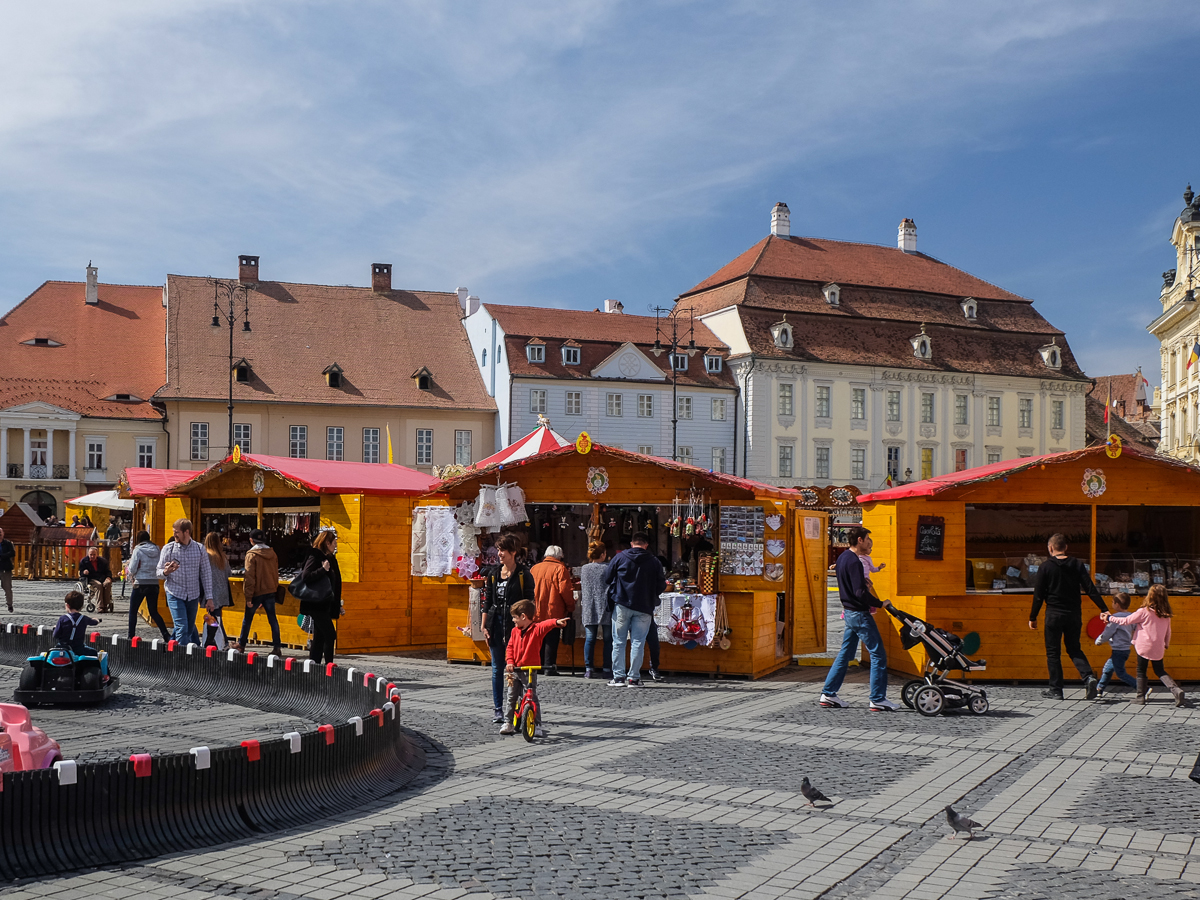
Easter traditions, an important keystone in Romania
In Romania, the most important holidays throughout the year are Christmas and Easter. Other national or international holidays are celebrated as well, but these two are considered the most important probably because they also mark the changing of the seasons. While Christmas is closely related to various winter traditions and customs, Easter is usually celebrated in connection with spring traditions throughout Romania. While the date on which Easter is celebrated varies each year, most of the times this holiday take place in the month of April, a perfect moment to enjoy spring season at its high point.
While some traditions and events have a religious significance, like in the case of all religious holidays, there are certain traditions that are more focused on celebrating the nature’s “revival” after the long winter season. Some traditions are popular all over the country; some are borrowed from other cultures, while others are found only in certain regions, or in some cases, in certain places.
Egg painting and the Easter eggs competition
For Easter, traditional foods include painted eggs, lamb and sweet bread (cozonac). The eggs are usually painted on the Thursday before Easter, but never Fridays, when usually there are no house chores done because it brings bad luck to work during important holidays.
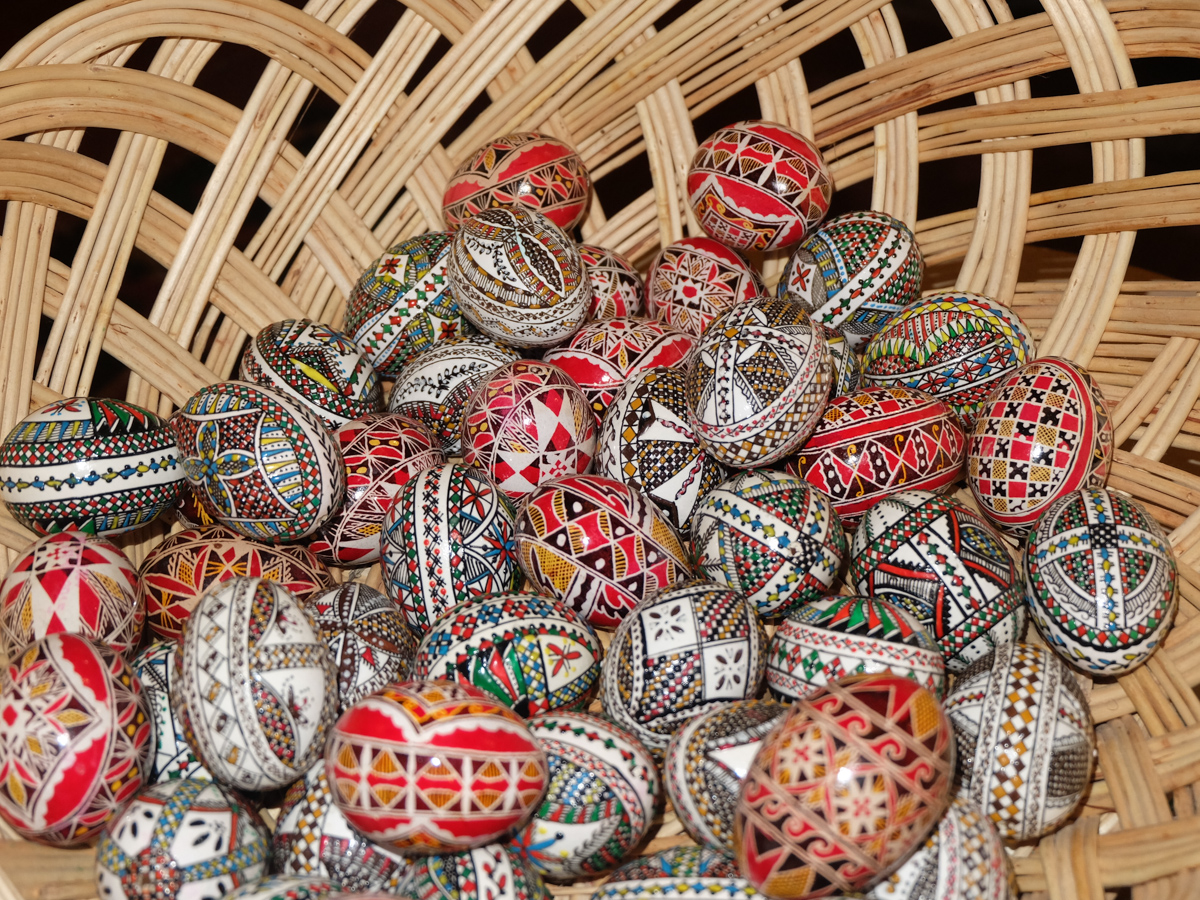
In Romanian villages, fresh hen or duck eggs are chose by dipping them in water (fresh eggs fall on the bottom, while the old ones rise to the surface) and prepare the tools used to decorate the eggs, or they just paint them. The oldest tool used to decorate eggs was the candle – with the end of it burned with fire – to draw various designs and signs on the egg. Geese feathers were also used. People used to melt beeswax, adding some crushed charcoal, decorating the eggs with the desired motifs, and then putting them in a dye for background coloring. Locally, new decoration methods are used, more or less related to waxing: painted eggs, decorated in relief, covered with plant leaves and boiled in onion peels to make them have a brown-reddish color or decorated with beads.
Painted eggs can become real works of art in the hands of talented artisans and they are often exhibited at sold at Easter-themed fairs. Usually, eggs decorated with complex drawings and motifs are emptied of their content beforehand, so that they can be used as decorative objects for many years and holidays to come.
In traditional communities, the eggs competition takes place according to rules that differ from one area to another, but in any case one thing is mandatory: whoever has the first hit (usually the older person), what parts of the eggs are hit and in which order. In family environments, usually the parents engage first in the eggs competitions, then the children with the parents, then the parents with the other relatives, with the friends and neighbors invited to the meal.
In Romania, like in Bulgaria, hitting eggs becomes a competition on Easter day between all the participants at a meal and the strongest from all, who doesn’t break their egg or who breaks the most eggs with theirs, is proclaimed winner.
In some areas, egg shells are thrown to the ground to fertilize the soil, vineyards and orchards or are fed to animals to protect them from diseases.
Perfuming of the girls in Transylvania
In the Transylvanian region there are a number of specific customs, one of which is the sprinkling of girls and women by boys and men on the second day of Easter. This is an old Saxon tradition that has been borrowed by Romanians as well and it has become part of Easter traditions in this region. The goal is that, because they are perfumed, the girls stay beautiful throughout the year. Groups of villagers wander through the village until late at night, so that no girl remains “unsplashed”. Originally, water buckets were used for splashing, as the symbol of purification from pre-Christianity, which has now been replaced with perfume bottles. In some villages there is also the custom of decorating fountains with Easter eggs.
Also in Transylvania, young men used to decorate the doors of the houses of unmarried girls on Saturday night before Easter Sunday with fir branches. The girls, who were careful to spy on them at the windows, would know who to reward with food, drinks and money on Easter day.
Water rituals in Moldavia
In several villages in Moldavia, tradition requires that people wash their faces with water from a dish in which flowers, coins and a red egg have been laid. It’s said that this way they will be beautiful as the red egg, rich and healthy. According to the same tradition, the person who is the last to wash their face in the dish also takes the coins from it.
In Bucovina, the young girls who are not married go to church on the Easter night and wash the church bell with fresh water. Then at dawn, the girls wash their faces with this water, for it would make them more appealing to the village men.
Easter traditions in the Hunedoara region
Most villages in the Hunedoara region, the location of the mysterious Corvin Castle, have their own Easter traditions, some of them being unique throughout the country. Nevertheless, they are even more interesting precisely because they are being kept since centuries in rural communities and you can’t find them somewhere else.
For example, in the church from Boiu, a small village in Hunedoara, the second Easter day service ends with a challenge for the priest. Willow branches, thorns and nettles are put, on a chair, so that the priest is not able to sit down. To avoid such inconvenience, the priest has to honor the parishioners. Negotiations are always long, because neither of the parties involved gives in easily. In the end, everyone is happy because the priest avoids the thorn chair and the parishioners obtain a reward.
Also in Hunedoara, the entire population of Certeju de Sus participates in an ancient ritual for over 200 years, called the rising of the flag. Because they were not allowed to use the Romanian flag during Austro-Hungarian rule, the Romanians raised a white flag, with a tricolor insignia during to celebrate Easter.
Easter fairs in Romania
Like in the case of Christmas fairs, although they last fewer days, Easter fairs have become increasingly popular in Romanian cities.
Easter fairs are usually organized for one or two weeks before Easter in larger Romanian cities, such as Bucharest, Sibiu, Brasov, Cluj-Napoca or Timisoara and you can’t miss them because the locations are established in the central square of each city.
Easter traditions season is a perfect time for a tour of the painted churches in Romania, to observe local easter traditions and customs in rural communities, but for a more adventurous trip, we recommend our medieval tour in Romania.


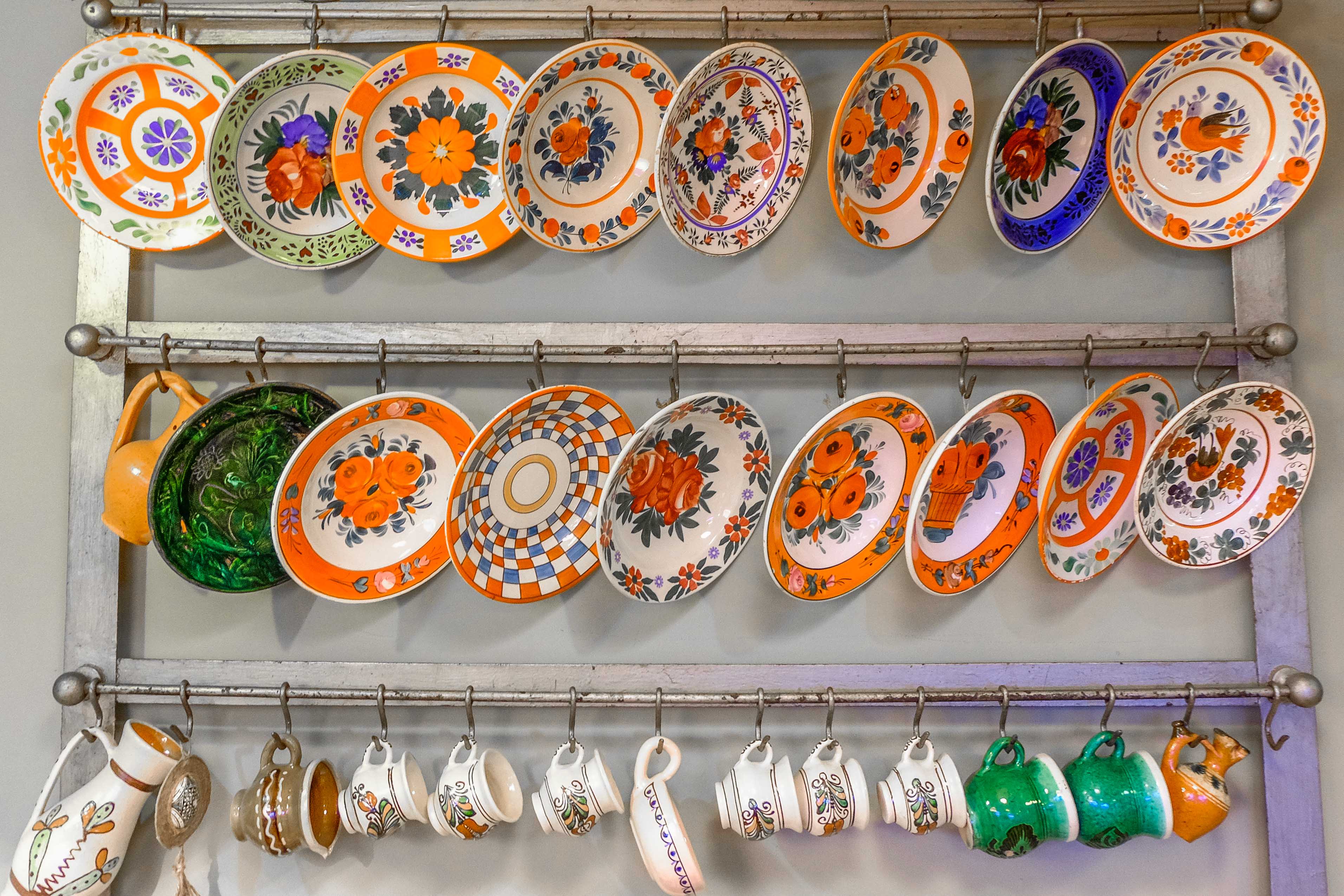
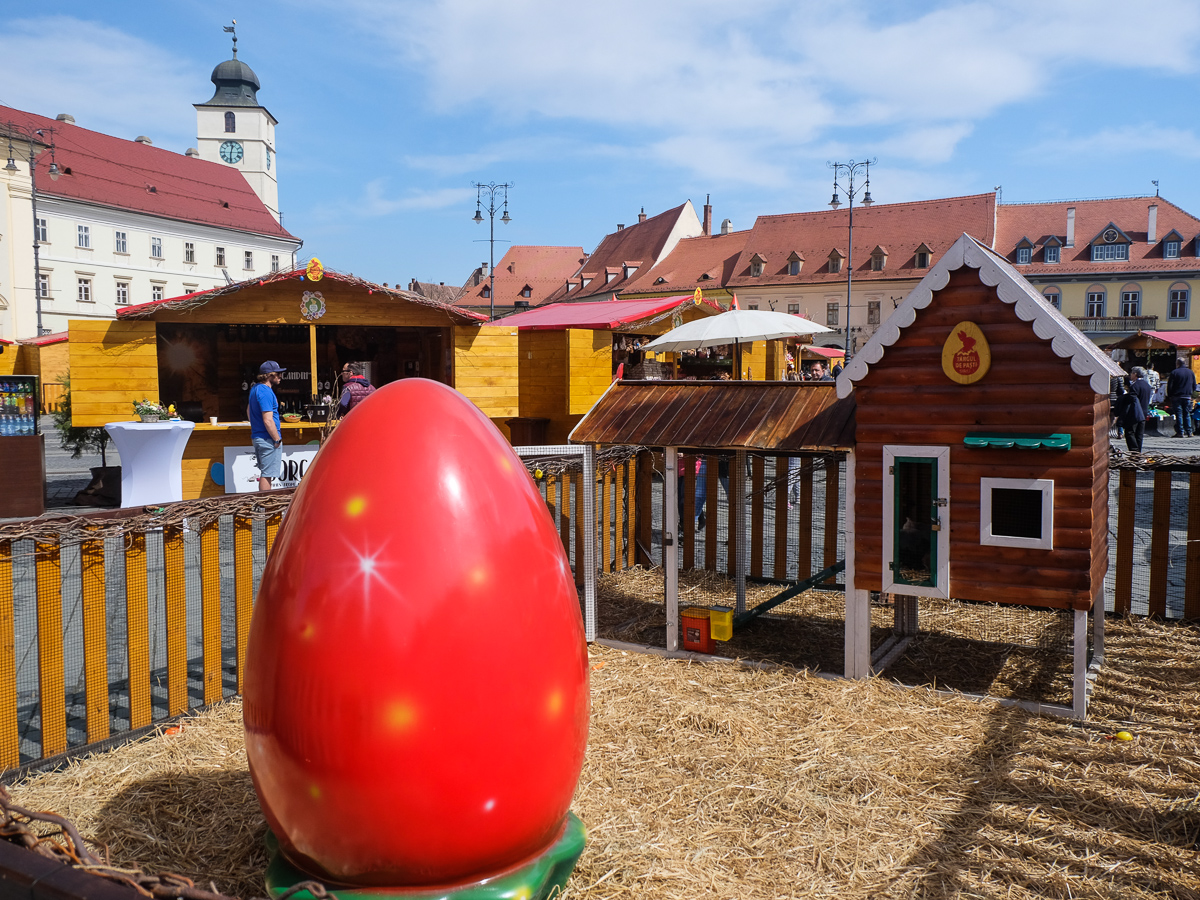
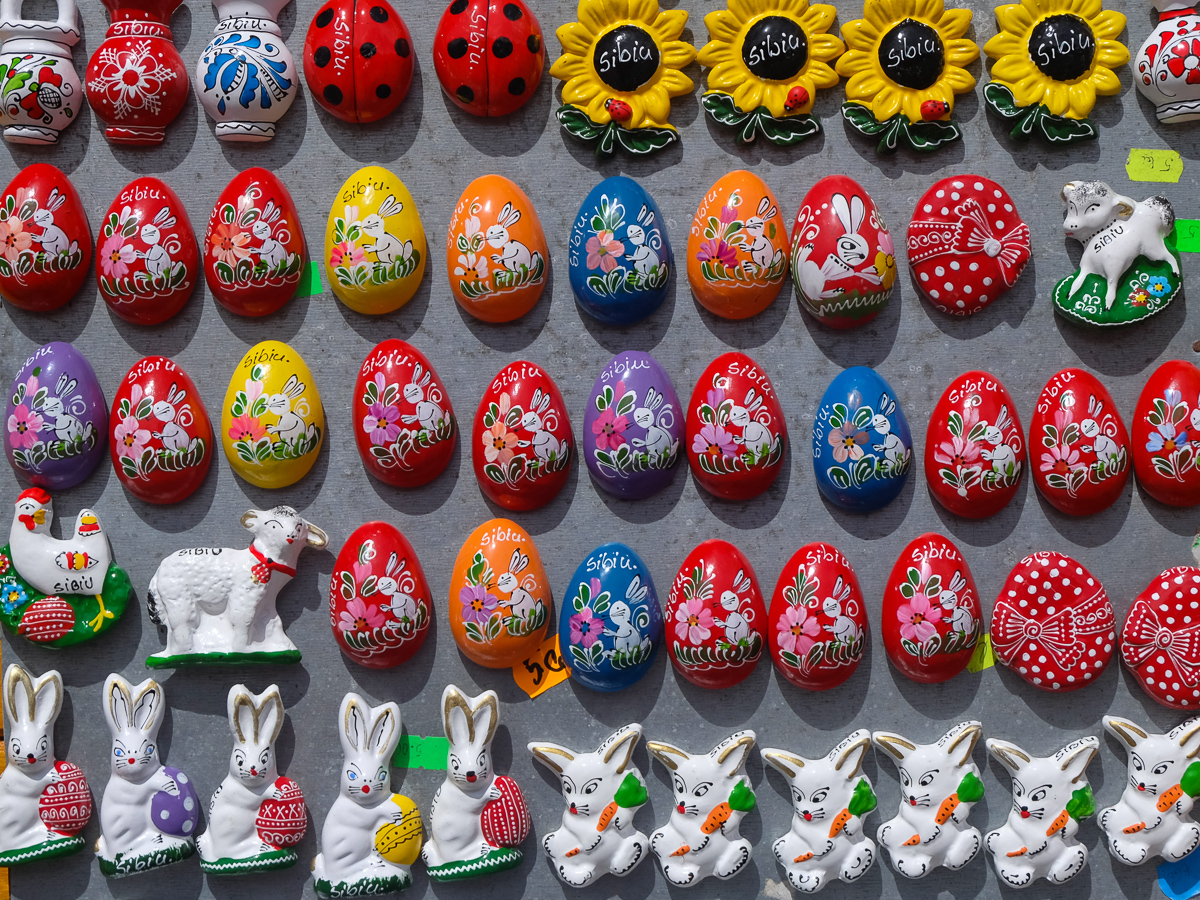
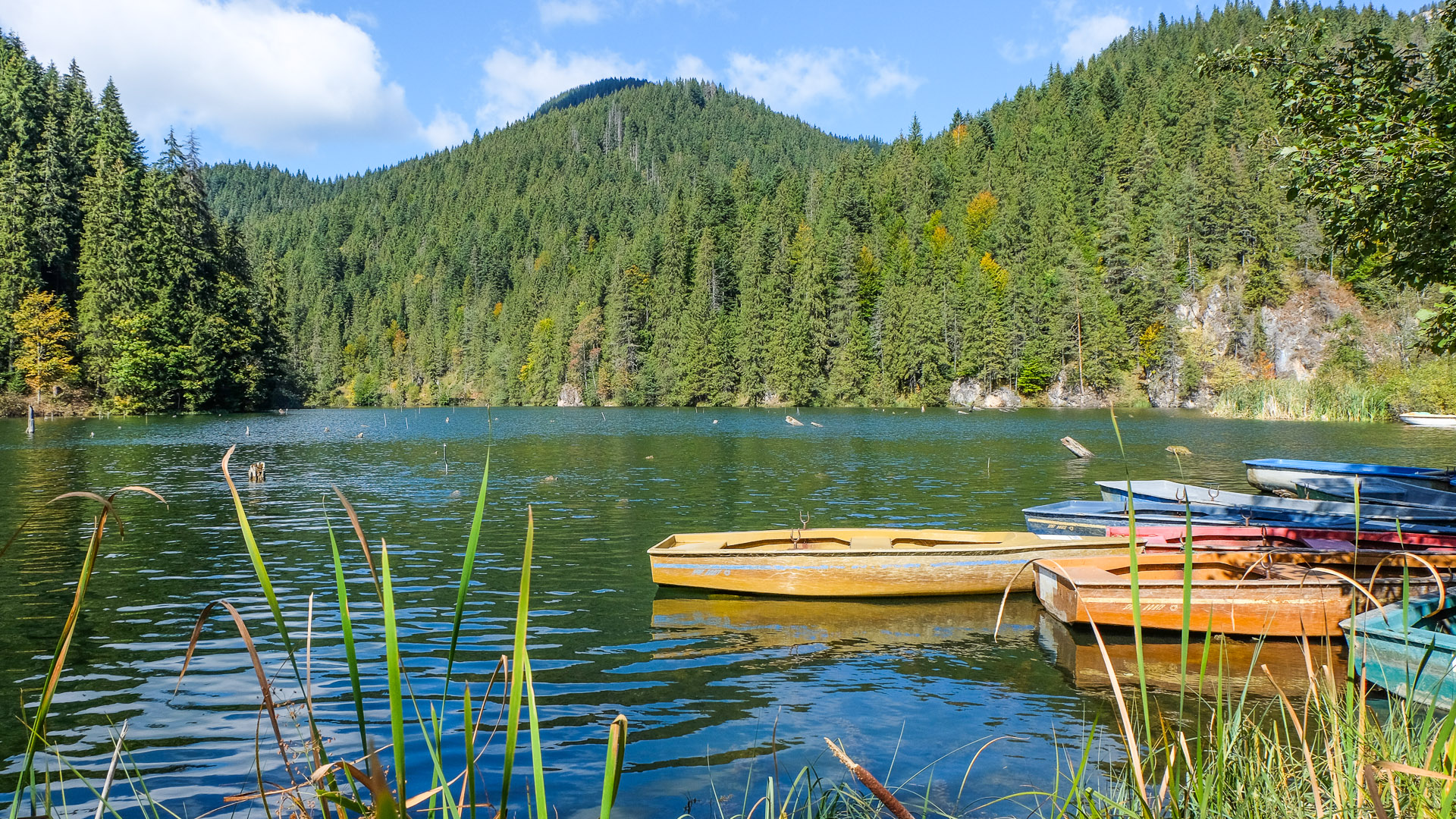

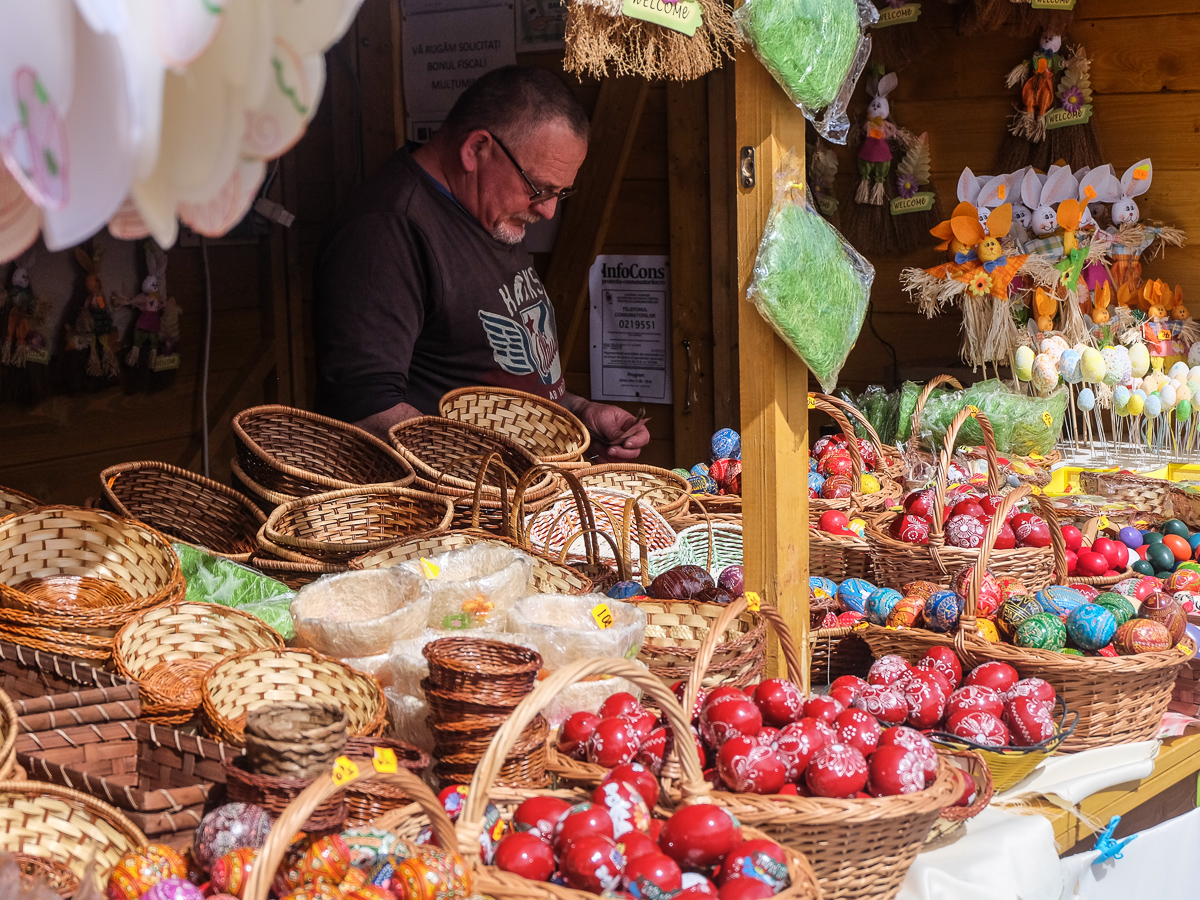

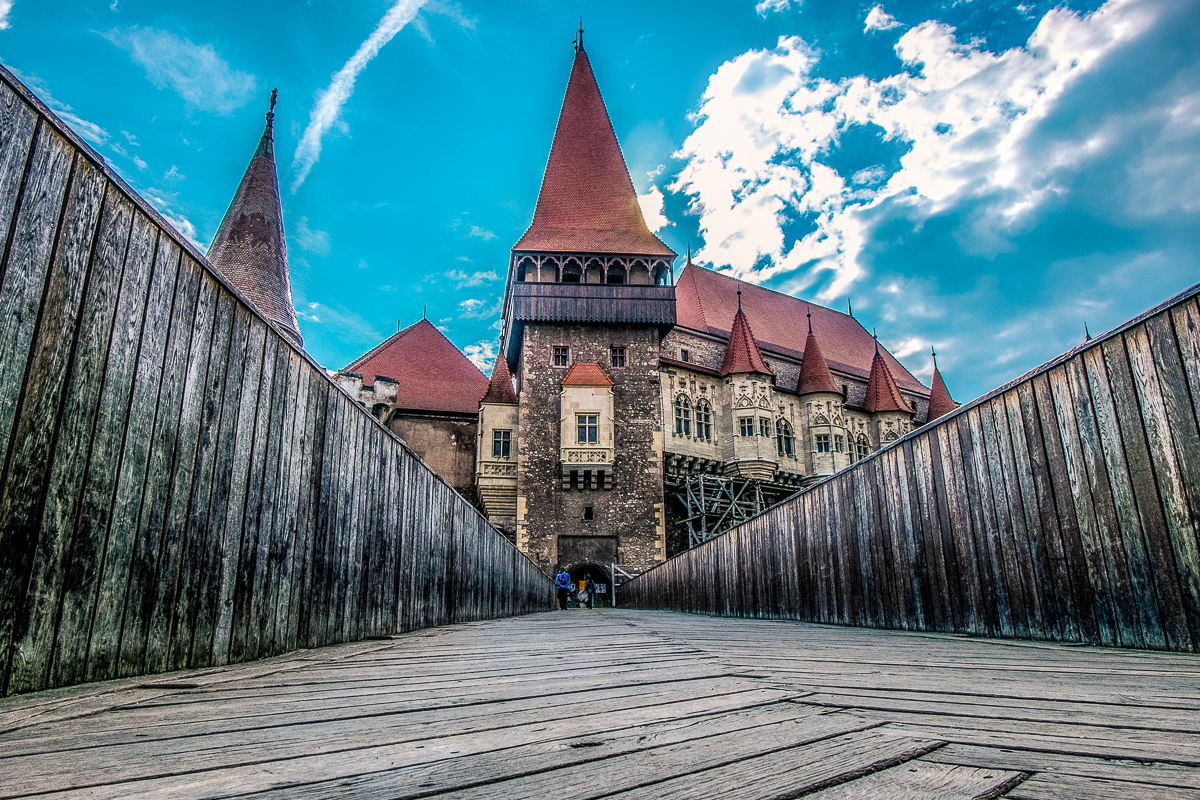
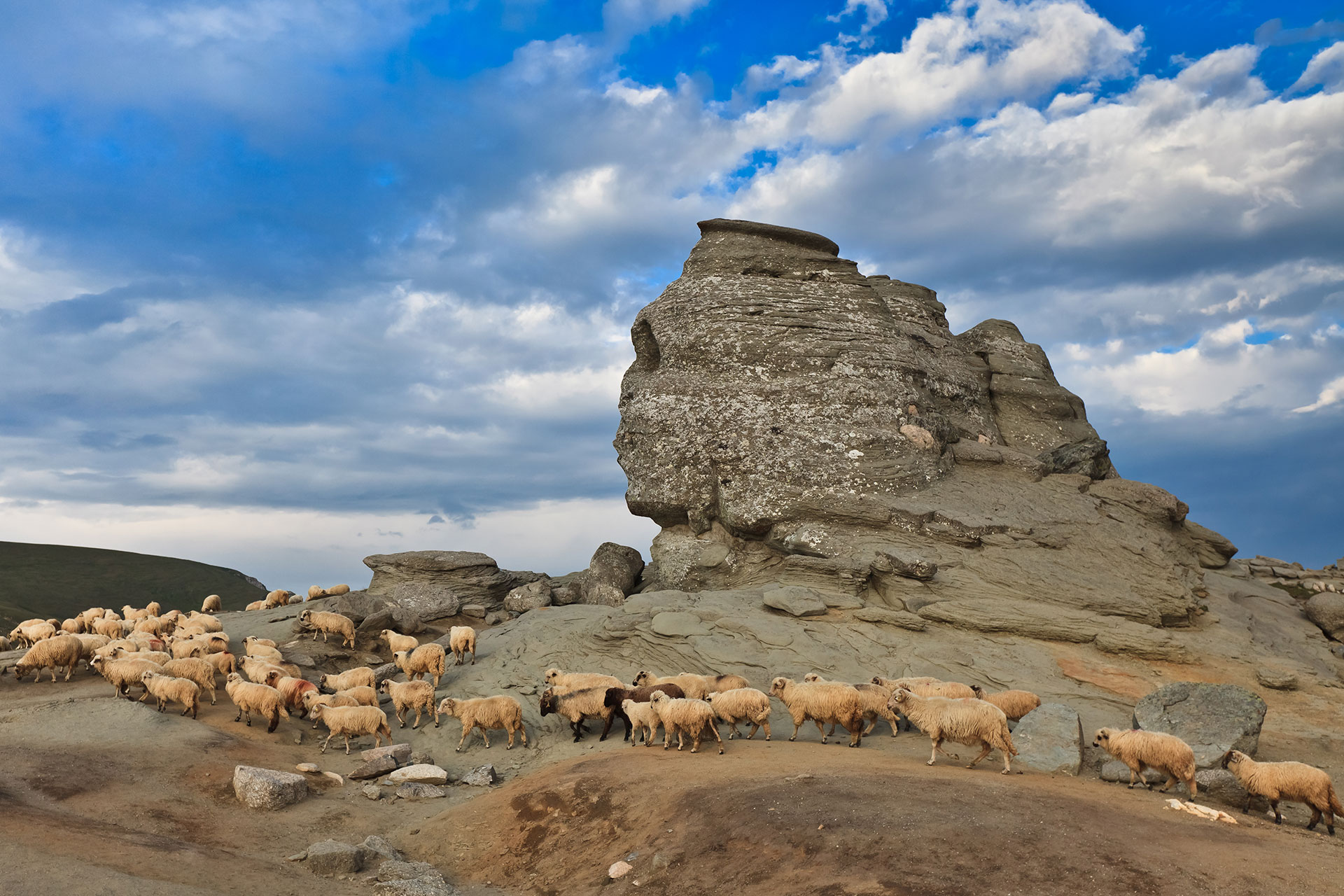
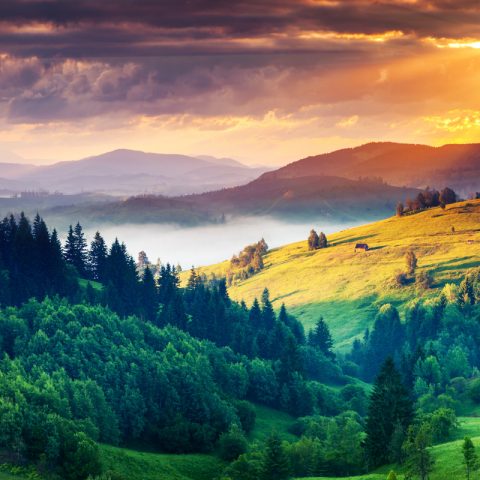
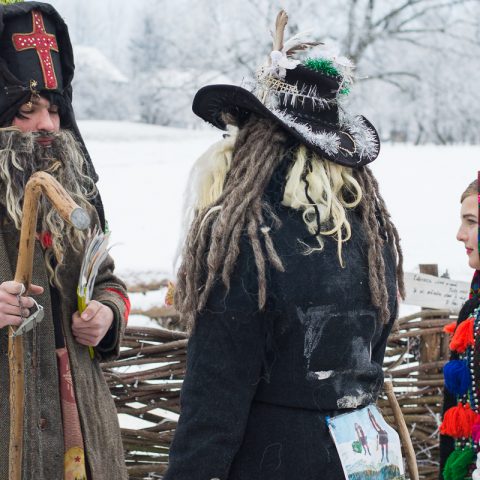











2 Comments On Painted eggs and perfumed girls – Easter traditions in Romania
riya
If I can write like you, then I would be very happy, but where is my luck like this, really people like you are an example for the world. You have written this comment with great beauty, I am really glad I thank you from my heart.
[…] In some areas of Romania (and other countries, however, since I am Romanian, I might be excused for promoting my country first) it is an art form, and it is called ouă încondeiate. While this type of […]